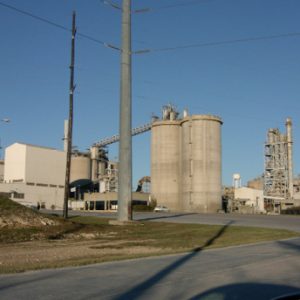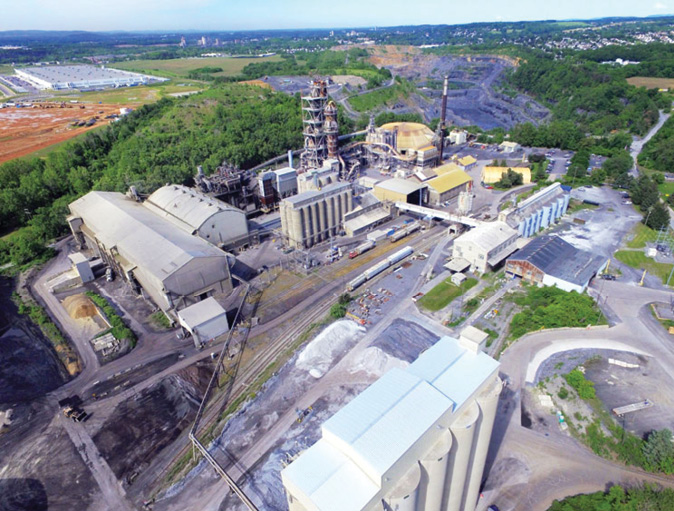Incorporating a life-cycle cost analysis (LCCA) provision into federal infrastructure legislation could save taxpayers $91 million for every $1 billion spent on projects, according to a new report from the Portland Cement Association (PCA) Market Intelligence Group.

According to research from the MIT Concrete Sustainability Hub, evaluating the full economic burden of a project over its lifetime is key to improving performance and lowering costs, 50 percent of which can relate to project maintenance.
“Americans are united in the belief that now is the time to invest in infrastructure – and those investments should be made wisely,” said PCA President and CEO Michael Ireland. “Including LCCA in legislation would be a taxpayer victory, and provide a guardrail for delivering return on investment for the federal government and states funding infrastructure revitalization.”
PCA economists estimate that applying the roughly 9.1 percent savings rate to the Trump administration’s infrastructure proposal could yield $90 billion in potential taxpayer savings. If LCCA had been included in the FAST Act, which provided $226.3 billion to federal-aid highways beginning in FY 2016, there would have been a $2.4 billion taxpayer savings. This translates to roughly 1,000 highway lane-miles, equivalent to paving a two-lane highway from Washington, D.C. to Boston.
“Applying life-cycle thinking to how we spend the limited resources available for infrastructure encourages competition in the marketplace and helps decision makers improve value for money spent on projects,” Ireland noted.
LCCA is a widely supported, long-proven process that helps planners, engineers and policy makers understand the full cost of a project over its lifetime. Including LCCA in project design and planning leads to greater accuracy, better performance and lower costs.
The “Trump Infrastructure: Potential Taxpayer Savings from the Use of Life Cycle Cost Analysis (LCCA)” report can be purchased by contacting the PCA Market Intelligence Group at [email protected].




